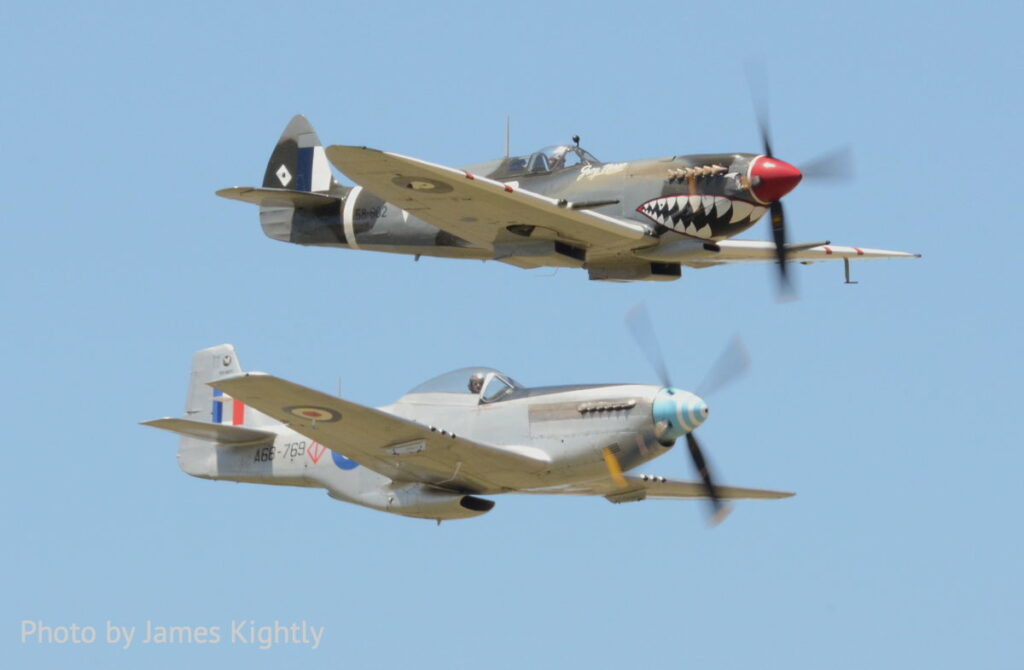
Did you know that the throttle plays a crucial role in controlling the speed of a Cessna aircraft? Whether you’re a seasoned pilot or just curious about aviation, understanding how the Cessna throttle works is a fascinating topic. In this article, we’ll explore the inner workings of the Cessna throttle and the important role it plays in aviation. So, buckle up and get ready to learn more about this essential component of flying a Cessna aircraft.
The Cessna throttle is a lever located in the cockpit that the pilot uses to control the engine’s power output. By adjusting the throttle, the pilot can increase or decrease the amount of fuel and air mixture entering the engine, thus controlling the aircraft’s speed. Just like the gas pedal in a car, the Cessna throttle gives the pilot the ability to regulate the engine’s RPM (revolutions per minute) and, consequently, the aircraft’s performance. In addition to controlling the speed, the throttle can also help pilots maintain altitude during climbs or descents. By adjusting the throttle, pilots can manage the engine’s power output to maintain a steady rate of climb or descent. Pretty neat, right? In our next article, we’ll dive deeper into the intricacies of the Cessna throttle and how it interacts with other controls in the cockpit. So stay tuned for more aviation insights coming your way.

What is a Cessna throttle?
A Cessna throttle is an essential component of an aircraft’s control system that regulates the power output of the engine. It allows the pilot to control the speed, power, and altitude of the aircraft during flight. The throttle lever, mixture control, and propeller control are the key components that make up the Cessna throttle system. Understanding how these components work and how to properly operate and maintain them is crucial for a safe and smooth flight experience.
Components of a Cessna throttle
Throttle lever
The throttle lever is the main control mechanism used to adjust the power output of the engine. It is typically located on the side of the pilot’s seat, within easy reach. By moving the throttle lever forward or backward, the pilot can increase or decrease the engine power respectively. The throttle lever is marked with various positions such as idle, full power, and different power settings in between.
Mixture control
The mixture control is another important component of the Cessna throttle system. It regulates the ratio of fuel to air in the engine’s combustion chamber. The pilot can adjust the mixture control to ensure the optimal fuel-air mixture for efficient engine performance at different altitudes. The mixture control is typically located on the lower panel of the cockpit and is marked with settings such as full rich, lean, and different positions in between.
Propeller control
The propeller control is responsible for adjusting the pitch angle of the aircraft’s propeller blades. By changing the pitch angle, the pilot can control the amount of thrust generated by the engine. This helps in maintaining the desired speed and efficiency of the aircraft. The propeller control is usually located on the lower panel, near the mixture control, and is marked with positions such as low pitch, high pitch, and different settings in between.

Functions of the throttle lever
Power control
The primary function of the throttle lever is to control the power output of the engine. By moving the throttle lever forward, you increase the power output, while pulling it back decreases the power output. This allows you to adjust the engine power as per the flight requirements, such as during takeoff, climb, cruise, or descent.
Speed control
The throttle lever also plays a crucial role in controlling the aircraft’s speed. By adjusting the power output, you can increase or decrease the speed of the aircraft. During takeoff, you need high power to accelerate and gain speed. In cruise flight, you can reduce the power to maintain a desired speed and fuel efficiency.
Altitude control
The throttle lever is an essential tool for controlling the altitude of the aircraft. To climb, you need to increase the power and maintain a higher throttle setting. As you reach the desired altitude, you can reduce the power and throttle setting to maintain a steady altitude. Similarly, during descent, you can decrease the throttle setting to reduce power and descent smoothly.
Importance of the mixture control
The mixture control is a critical component of the Cessna throttle system because it ensures the engine receives the correct fuel-air mixture. The optimal mixture varies depending on the altitude and atmospheric conditions. A rich mixture contains more fuel and less air, while a lean mixture contains less fuel and more air.
Using the proper mixture setting is crucial for engine performance and efficiency. A rich mixture provides more power but may result in higher fuel consumption and can lead to fouled spark plugs. On the other hand, a lean mixture can improve fuel efficiency but may cause engine overheating and loss of power. Therefore, adjusting the mixture control according to the manufacturer’s recommendations is important for optimal engine performance and fuel economy.

How the propeller control works
The propeller control allows the pilot to adjust the pitch angle of the propeller blades, which in turn affects the amount of thrust generated by the engine. Changing the pitch angle alters the angle at which the propeller blades interact with the air, resulting in either increased or decreased thrust.
In a Cessna aircraft, the propeller control is usually of the constant-speed type. It automatically adjusts the pitch of the propeller blades to maintain a constant engine RPM (revolutions per minute) selected by the pilot. This ensures the propeller generates optimal thrust for different flight conditions, such as takeoff, climb, cruise, and descent.
Proper operation of a Cessna throttle
To ensure the safe and efficient operation of the Cessna throttle system, it is important to follow the proper procedures during pre-flight inspection, start-up, and in-flight adjustments.
Pre-flight inspection
Before each flight, it is essential to visually inspect the throttle system for any signs of damage, wear, or loose connections. Ensure that the throttle lever moves smoothly and has no excessive play or binding. Check the markings on the throttle lever, mixture control, and propeller control for readability and accuracy.
Start-up procedure
During start-up, follow the manufacturer’s guidelines and checklist to ensure the proper sequence of actions. Confirm that the throttle lever is set to the idle position before starting the engine. As the engine starts, gradually increase the throttle lever to the desired power setting, while monitoring the engine parameters and listening for any abnormal sounds.
In-flight adjustments
During flight, regularly monitor the engine performance and make necessary adjustments to the throttle lever, mixture control, and propeller control as per the flight requirements. For example, during climb, increase the throttle setting to maintain the desired rate of climb. In cruise flight, adjust the power and mixture settings to maintain the desired speed and fuel economy.

Common issues with Cessna throttle
Despite following proper procedures, there can be some common issues with the Cessna throttle system. Being aware of these issues and knowing how to troubleshoot them can prevent any potential problems.
Sticky throttle
One common issue is a sticky throttle, where the throttle lever does not move smoothly or gets stuck in a certain position. This can be caused by dirt, debris, or inadequate lubrication. To troubleshoot this issue, clean and lubricate the throttle components as per the manufacturer’s recommendations. Ensure that there is no excessive friction or binding that could affect the throttle’s movement.
Incorrect fuel mixture
Another common issue is setting an incorrect fuel mixture. This can lead to engine performance problems, such as rough running, loss of power, or increased fuel consumption. If you experience any of these issues, check the mixture control setting and adjust it as per the recommended values for the given altitude and flight conditions.
Failure of throttle control
Though rare, a complete failure of the throttle control system can occur. This can be due to mechanical failure, electrical issues, or improper maintenance. In such cases, it is important to follow the emergency procedures outlined in the aircraft’s manual and seek professional assistance for repair or replacement of the faulty components.
Troubleshooting tips for Cessna throttle issues
In addition to the common issues mentioned above, there are some troubleshooting tips you can follow to resolve throttle-related problems.
Cleaning and lubrication
If you experience a sticky throttle or any resistance in the throttle lever’s movement, cleaning and lubricating the throttle components can help. Remove any dirt or debris and apply the recommended lubricant to ensure smooth operation.
Adjusting the mixture
If you notice engine performance issues or abnormal fuel consumption, adjusting the mixture control can often resolve the problem. Refer to the aircraft’s manual for the proper mixture settings depending on the altitude and flight conditions. Make small adjustments at a time and observe the engine’s response before making further changes.
Checking for worn components
Regular inspection of the throttle system can help identify any worn-out components that may affect its operation. Look for signs of wear, loose connections, or damaged parts. If necessary, replace the worn components with genuine parts recommended by the aircraft manufacturer.

Maintenance and care of Cessna throttle
To ensure the long-term reliability and performance of the Cessna throttle system, it is important to follow a regular maintenance routine and take proper care of the components.
Regular cleaning and inspection
Perform routine cleaning of the throttle components to remove any dirt, debris, or moisture that may affect their operation. Regularly inspect the throttle lever, mixture control, and propeller control for any signs of wear, corrosion, or loose connections. Address any issues promptly to prevent further damage.
Replacement of worn parts
If any components of the throttle system show signs of wear or damage, it is important to replace them with genuine parts recommended by the aircraft manufacturer. Using quality replacement parts ensures proper fit and performance, minimizing the risk of future issues.
Conclusion
The Cessna throttle is an important control system that allows pilots to regulate the power output, speed, and altitude of an aircraft. Understanding the components and functions of the throttle lever, mixture control, and propeller control is essential for safe and efficient flight operations. By following proper procedures, troubleshooting common issues, and ensuring regular maintenance and care, you can ensure the optimal performance and longevity of the Cessna throttle system. Remember to always refer to the aircraft’s manual and seek professional assistance when needed to ensure a safe and enjoyable flight experience.


Leave a Reply